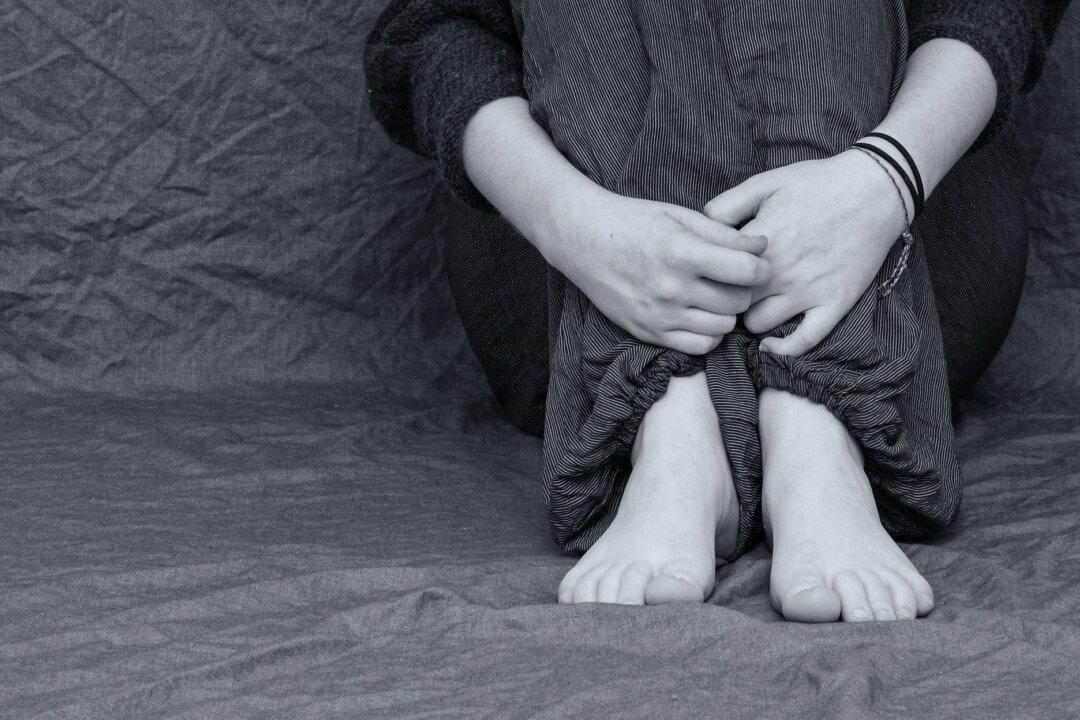One-third of Australian teenagers, particularly girls, have considered self-harm over the last 12 months, a concerning trend in light of worsening mental health in the COVID-19 pandemic.
Growing Up in Australia: The Longitudinal Study of Australian Children is a major ongoing study that has followed 10,000 young Australians and their families since 2003.





